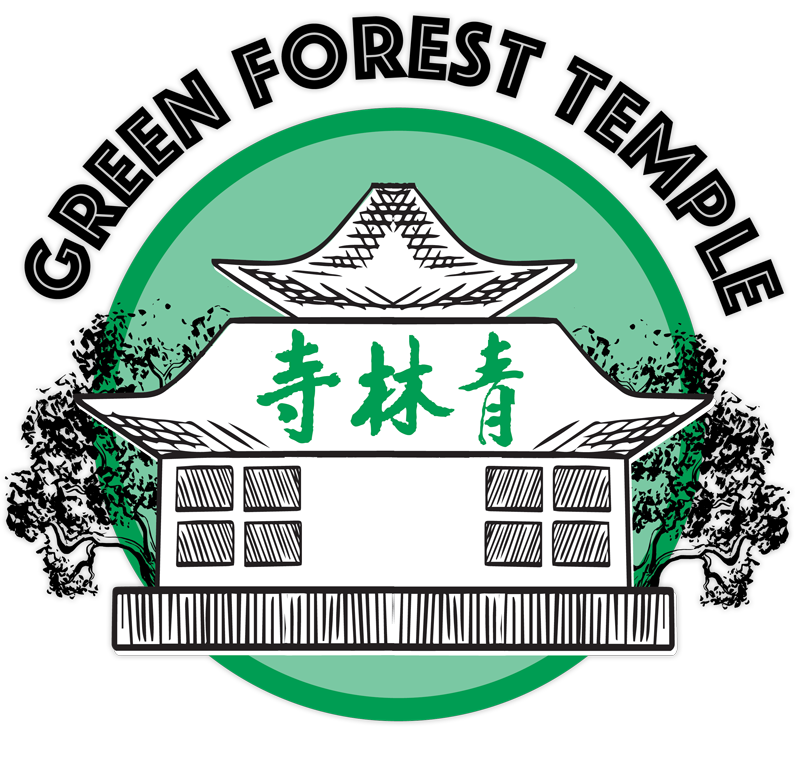The need for proper body mechanics cannot be overlooked. The general rule is that when the body is in alignment then the chi will flow. If we violate proper structure then turbid energy will create restrictions in the proper flow of chi. The first place to establish proper structure starts with the basic horse stance. The horse stance (ma shi) is the mother of all other stances. One of the methods to assist in remembering root principles is to use short phrases that help express an essential idea. For the fundamentals of good structure four words are used:
Xi (knees)
Kou (inward pressure)
Qua (hips)
Yuan (round)
One should sit comfortably in a horse stance as though embracing a horse or holding a large ball between the legs.
The feet should be straight ahead or pointed slightly outward and the knees should be in alignment with them.
There should be an opening for the inner qua (MingQua) and embracing pressure for the outer qua (XiKou).
The qua (hips and pelvic area) should be round ( QuaYaun), but not to the point of causing the stomach to suck in. Excessive roundness can cause the chest to collapse.
Avoid putting your dominant weight on the knees.
Don’t stick the butt out. It will cause the back to arch excessively.
The spine should be relaxed and naturally straight.
The dominant weight needs should be on the qua, which is the carriage of the body. The knees assist in carrying the weight.
One should relax into the root of the qua, which is aligned to the big toe joints. The feet grab the ground to assist in rooting.
The chi should be consolidated into the lower dan tien.
A good stance will allow energy to flow freely through the body. Xi, Kou, Qua, Yuan are the four words for proper structure. It needs to be understood that these principles apply to all stances.

The following illustrations show common violations performed when sitting in the horse stance. They can adversely effect the knees, ankles, the back, the spine, the hips, the neck and the shoulders.




ADDITIONAL THINGS TO REMEMBER FOR GOOD PRACTICE:
Upholding
The tongue is placed at the roof of the mouth connecting the cycle for the chi to move through the proper cycle.
Uprightness
The head, the body and the heart are in alignment.
Three points of alignment
The tip of the hand, the nose and the foot are in alignment when facing the opponent.
San Jie- three joints
A minimum of three joints must be consciously involved in any movement.
Lien Li, Lien Zi, Lien Ji, Lien Chi–
(1) Practice principles,
(2) Practice structure,
(3) Practice opportunity,
(4) Practice chi or breath.
This series of words can be called the ‘four linking necessities’. This is also an example of a memory phrase that can assist the practitioner in conceptualizing important aspects of their training.
(1) The practitioner needs a clear understanding and practical knowledge of the principles of their practice. Ask yourself why you are doing this and what is the purpose.
(2) These principles must be rooted and linked to a solid foundation. This foundation constitutes the practitioner’s structure.
(3) When the principles are linked to a good foundation the practitioner has the skill. What is needed through experience is the ability to link the skills with the opportunities created when an opponent is encountered.
(4) The practitioner develops fluidity in the ability to seize opportunities through having a calm and steady chi or breath. How we control ‘chi’ directly relates to how we generate force or issue power (fa jing).
Hui Bei –Tiger’s back
This generally refers to opening, closing, expanding, rounding and engaging of the Levator Scapulea Muscles or descriptively referred as ‘the wings of the back’. The reason this is called the Tiger’s Back is it involves the same movements a cat uses when it lashes out to grab its prey. A house cat also has the ability to make itself look bigger than it is by expanding the back while raising the fur and hissing. In addition to having the ability to be expansive and open, the tiger’s back is also supple and fluid. The practitioner needs to emulate these traits.
Xiong Yoa- Bear’s waist
This refers to having a strong and powerful midsection. This does not mean to have six pack abs. A bear’s waist is strong and powerful, while being soft and relaxed. The root of the spine is in the waist and the lower portion of the back is also part of this area. This is where the kidneys are located. In fact, most of the organs used for assimilating nourishment are in this area. The bear is the master of the digestive system, being able to shut it down for hibernation without causing damage to the body. A strong midsection, which is flexible and relaxed, is good for martial art and good for health.

